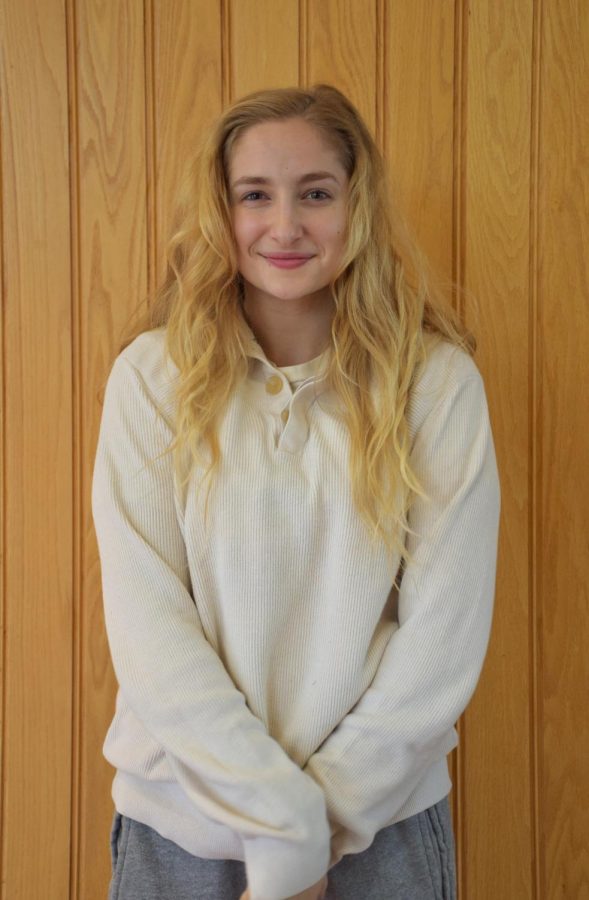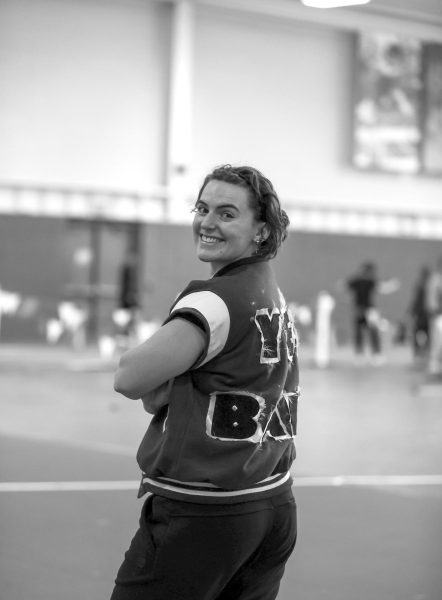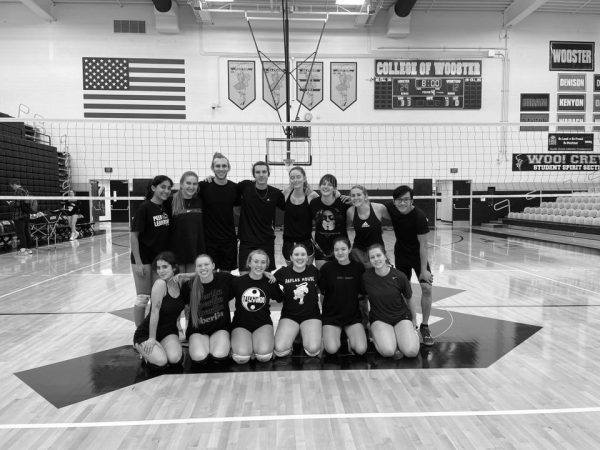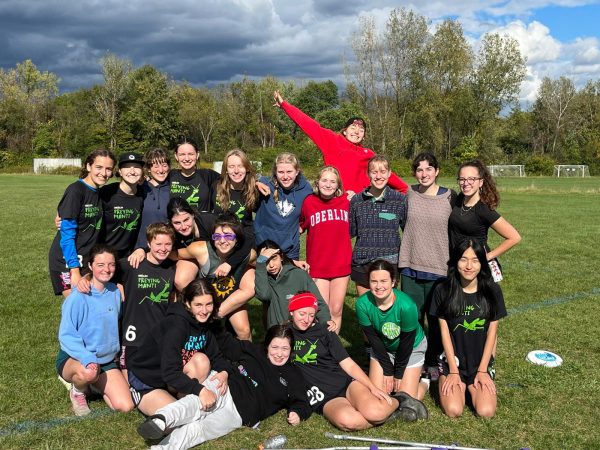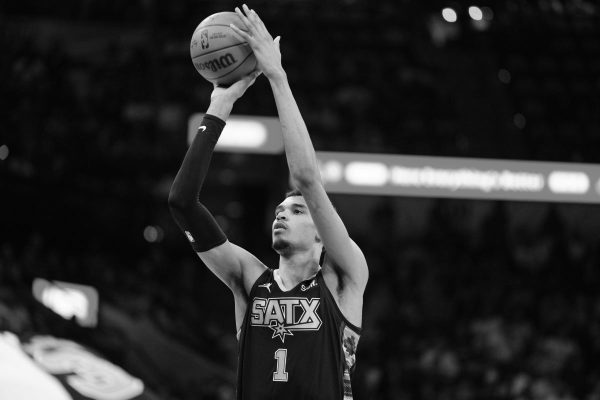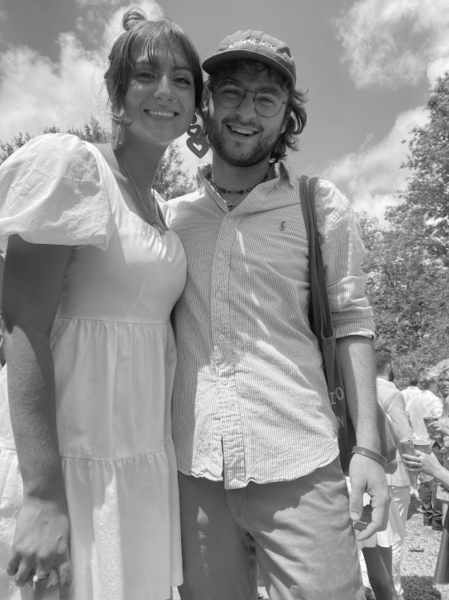McLean Sammon, College Junior and YeoFit Yoga Instructor
McLean Sammon
College junior and volleyball player McLean Sammon has her hands full: She’s a Neuroscience and Psychology double-major with a minor in Dance, and she teaches yoga twice a week in the new Patricia ’63 & Merrill ’61 Shanks Health and Wellness Center. Her classes take place Thursdays and Sundays from 11–11:45 a.m. A committed student, Sammon maintains a high GPA and is looking to begin a research project connecting mindfulness, academics, and athletics. She currently conducts neuropsychology research with Assistant Professor of Psychology Sara Verosky, and next summer she plans to research genetic mosaicism at the University of California, San Diego.
This interview has been edited for length and clarity.
What led you to begin yoga and later become a certified instructor?
I have been doing yoga since I was 12. My mom would always bring me and it was really fun. I was never really that good at it. I always liked to dance more than do yoga. I was young, so I didn’t really have the connection to my body that I later developed. When I came to Oberlin, I started dancing and had a lot of professors telling me that my next step would be to focus on sensations within my body, to really feel the way my body is moving, as if I’m doing some kind of choreography rather than just going through the motions. Someone suggested that I start doing more yoga, so over Winter Term of my first year I just tried every type of yoga that existed, and was trying to see what kind of yoga I wanted to get really good at. I did vinyasa, I did aerial yoga, which is really cool and uses silks. I did a bunch of smaller, less common types of yoga that have different types of breathing techniques, and I decided that vinyasa would be the most relevant to strengthening my body and stretching at the same time for the purpose of athletics and dance. So then I decided to do the teacher training, which I did over the summer after my freshman year. [The one I did was] a 200-hour program. I had to leave early, so I was doing four hot yoga classes a day to meet my requirements. I was also going to class for three hours twice a week at night to understand the conceptual parts of yoga rather than just the physical parts and also learn techniques of queuing and sequencing.
How did you become a student instructor for YeoFit?
Someone reached out. I had taught a yoga class to my team a few times when I got my certification. Then my coach suggested that I should look into doing it for the College or for [Oberlin College Athletics]. So I talked to some people, and it didn’t really work out the first year, but then as YeoFit was created, they had all this funding to have classes for people to just come in and take. So they asked me to be a part of it. It was very lucky, and I felt really honored to be thought of.
What is your favorite part about being a member of YeoFit, an initiative that has already helped so many people improve their lifestyles?
I think it’s been really nice to see how many different people have been coming to the gym, seeing that people are engaging in athletics and engaging in movement outside of just the varsity teams or just the dance community. I’m getting professors and students I’ve never met before, and so it’s kind of like growing the population of people in the gym, which is so nice since it can get kind of confined sometimes.
You dance, play volleyball, and do yoga. How does yoga benefit you in the other two activities? How do you balance all of these activities while being a student?
It’s definitely difficult. I rush a lot, but that’s great because yoga helps me calm down when I am rushing. I teach twice a week, and those two hours are kind of like relaxation time. Even if I’m teaching, I’m still getting into the flow or the movement of the teaching. It’s really nice because my mind isn’t elsewhere. It’s not on my school work, it’s not [on] volleyball — it’s a real break. … And it helps with volleyball because it helps me stretch and work muscles that really don’t get worked when I’m doing the same type of movement every day, which happens when you’re refining techniques for a sport, because you need to move in a very linear way. You’re going for a purpose, but in yoga you’re kind of activating muscles and stretching those that have been overworked by the sport. It helps with dance for flexibility and strength reasons. Soft strength is really needed for dance and yoga.
How has yoga changed your life?
Yoga has given me a better sense of my body and breath all the time, and that can be useful in such random ways. On my 19th birthday, I went skydiving, and my best friend was freaking out. She was having a panic attack, couldn’t breathe, and was freaking out because we were in the middle of the sky. The door was open to the plane, and I’m just sitting there practicing my yoga techniques, like breathing, trying to calm down. Just seeing how it could affect me in such a stressful situation in a way that doesn’t have to do with yoga exactly but has to do with the training it can bring is really cool. So that’s kind of a good metaphor for how it affects my life in general.
What would you say to someone who has never tried yoga before?
I think yoga can be kind of intimidating, because it’s a big classroom with mirrors and people who have done it before, and it can be kind of scary to see the difference if you’re coming in as a newbie and being like, “Oh my gosh, I don’t know what I’m doing, and everyone seems like they know what they’re doing!” I think it’s really important to recognize that yoga is a practice. It’s not perfect, everyone is going to be at different levels, and they’re all going to be working on things that they need to. So when you get into yoga, it’s really important to just acknowledge where you are and not really be judgemental of that … it’s a mindfulness practice — just acknowledging where you are and what your body is feeling like. You can grow from there and stick with it, because it gets easier with more practice.
What are your plans for graduation, and will you continue to teach yoga?
I hope I can continue to teach yoga. I think that it’s a really good way to make sure I continue my practice, and it also affects what I plan to do in the future as well. Just because — this is always changing — but right now I’m thinking of going to grad school to pursue a degree in clinical psychology. I actually just wrote a study proposal on the effects of mindfulness training, which involves yoga sometimes, on a mental disorder. My study looks at the effects of mindfulness training on patients with Generalized Anxiety Disorder. There are neural correlates, and you can see that mindfulness actually decreases people’s responses to a burst of stimuli — very arousing stimuli. Since anxiety is characterized by an inability to regulate emotions in response to stimuli, they have less of that response if they’re more mindful. It’s amazing how it all ties in, but using mindfulness training and yoga could also be something I pursue in grad school, when I’m training to be a clinical psychologist. It’s all connected!


